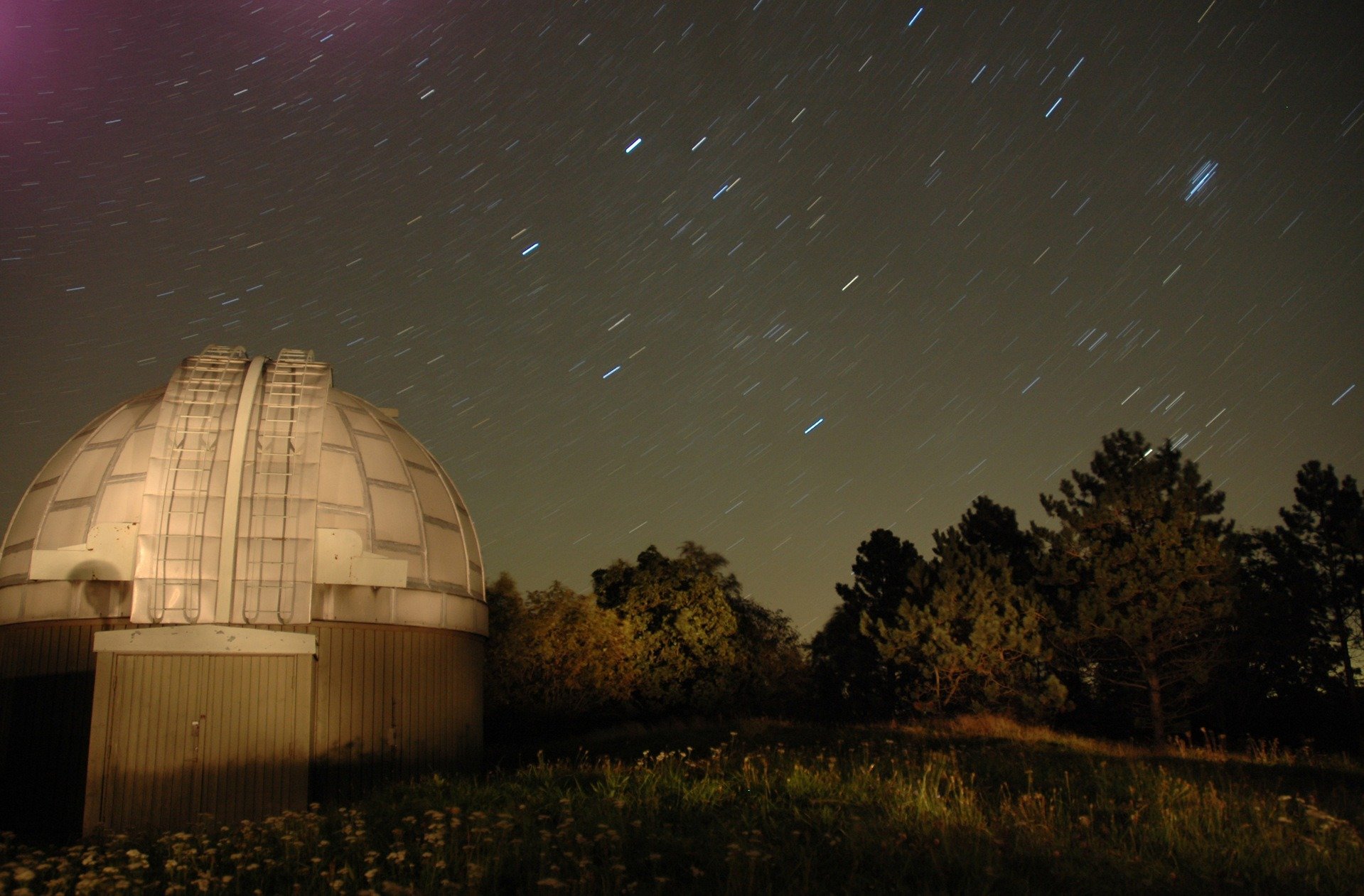Amateur astronomers often debate which season is best for stargazing. Everybody tends to have their favourite time of the year and favourite celestial events to see. For families, August is a wonderful time to explore the night sky: the children are still off school and it is warm enough in the evening. And last but not least, it is already starting to get darker earlier, so that you don’t have to wait that long to see the stars!
So what is there to see this month?
Meteor showers
The August Perseid meteor shower is one of the most anticipated annual stargazing events. The best thing about meteor showers is that you don’t need any special equipment, knowledge or experience to observe them. So why not invite your whole family for a game of “who can spot the most Perseid shooting stars”?
The Perseids are a reliable shower that often produces spectacular bright fireballs. You will find lots of information about the origin of the shower and some tips on how best to observe it in our blog post Perseid meteor shower.
In 2019 the shower will peak on the 12th and 13th and then continue until August 20th. Unfortunately, the Moon will be nearly full during the shower maximum, therefore we will only see the brightest of the Perseid meteors. To maximize your chances of spotting a shooting star or two, you can
- Check the forecast!
You cannot see the shooting stars if the sky is cloudy. Interestingly, you will still be able to “listen to” the meteors on the radio! Here is how!
- Go to a dark sky place!
Those street lights, house lights and car headlights – they are not friends of yours today. Stay away.
- Wait until after midnight!
Remember: early morning hours yield a higher meteor count than late evening hours. You can check what time the Moon sets in your area here.
- Let your eyes adjust
Your night vision takes some time to “turn on”. Be patient!
Planets
The gas giants, Jupiter and Saturn, can be seen in the evening sky this August. Tiny Mercury can be found in the early morning hours before sunrise, although you might need binoculars to spot it. Venus and Mars, unfortunately, are not visible this month.
Do your “homework” and have a look at online star map (Stellarium is a great one) to find out what you can expect to see in the sky and where.
August constellations
In addition to the circumpolar constellation, that you can see all year round, like Ursa Major and Ursa Minor, look out for the Northern Hemisphere Summer constellations. Try to find constellation Lyra, the harp. It’s blue-white star Vega is the 5th brightest in the sky and hard to miss. Did you know that a long time ago Vega was our north star?
Look south after the sunset to spot the S-shaped constellation Scorpius, the scorpion. The brightest star in Scorpius is red. That’s supergiant Antares, “the heart of the scorpion”. Hurry up, Scorpius will be gone soon and Orion will take over the sky!
If you are wondering why these constellations can only be seen in the Summer, read our blog post Why can’t we see all 88 constellations at once? and find out!
The Moon
The Moon is oh-so-beautiful and ever changing celestial object. Right now it is more than half full and still growing (this phase is called Waxing Gibbous Moon). The upcoming phases are
Full Moon 15 August
Last Quarter 23 August
New Moon 30 August.
By the way, the August Full Moon is sometimes called “Sturgeon Moon”. Apparently it’s time to catch sturgeons in the North American Great Lakes!
So…there are planets to see, shooting stars to catch, the Moon to admire and constellations to glimpse before they disappear till the next Summer. What are you waiting for?
Happy stargazing!
As always, send all your questions and comments to out inflatable star dome team. We would love to hear from you!

